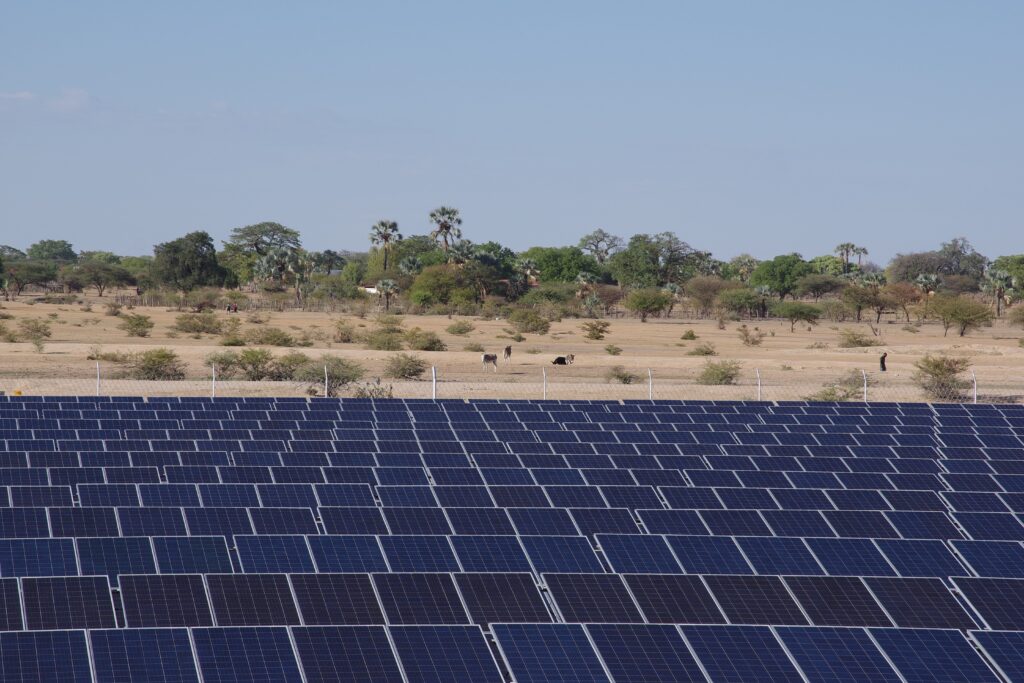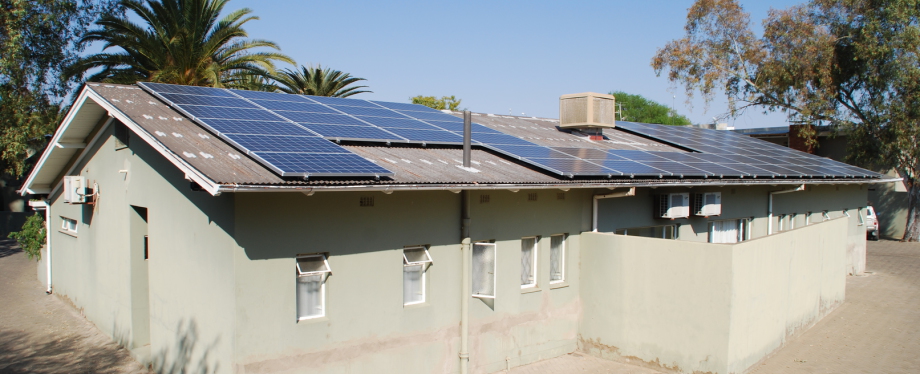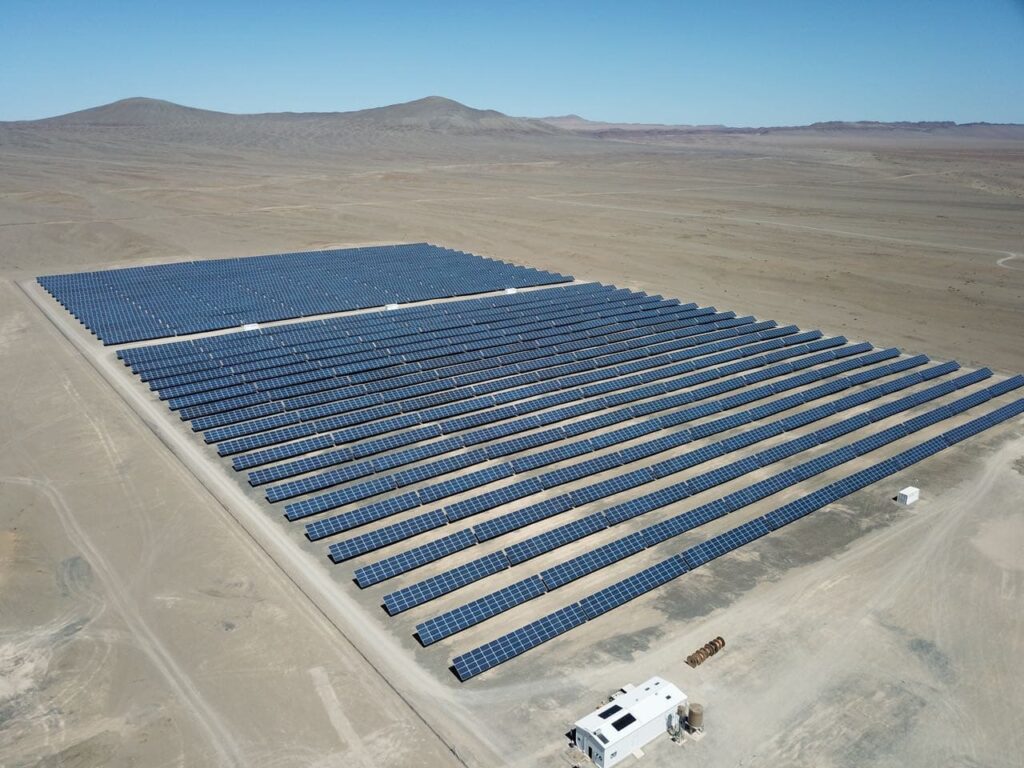Introduction:
The world has become more interested in renewable energy recently and for a good cause. Climate change necessitates immediate action; it is no longer an impending threat. With its plentiful sunshine and substantial open spaces, Namibia has an extraordinary potential to utilize one of the most dependable and sustainable energy sources available: solar electricity. We’ll look at the advantages of solar energy and how much it can cut Namibia’s carbon footprint in this blog post.

Renewable energy is abundant in Namibia, where there are over 300 days of sunshine annually. Namibia can lessen its reliance on fossil fuels and help to create a greener, more sustainable future by utilizing this plentiful renewable energy source. Solar energy has the potential to replace carbon-intensive power generation technologies by supplying clean electricity to households, businesses, and industries across the nation.

Reduced Carbon Emissions:
By drastically reducing carbon dioxide emissions, Namibia’s use of solar energy can play a critical role in the fight against climate change. When burned to produce power, traditional energy sources like coal and gas emit significant volumes of CO2 into the environment. Solar energy systems, on the other hand, generate electricity devoid of any noxious pollutants. Namibia can significantly reduce its carbon footprint by switching to solar energy, reducing the negative impacts of greenhouse gases and fostering a healthier ecosystem.

Energy Independence:
Like many other nations, Namibia now imports a significant amount of its energy. Due to this dependence, the country is susceptible to changes in the price of energy on a worldwide scale and geopolitical unpredictability. Namibia may improve its energy security and independence by embracing solar energy. It is possible to harness and use solar energy within the nation, eliminating the need for expensive and unreliable imports.

Investment in solar energy infrastructure has the potential to spur economic growth and open up job possibilities in Namibia. The design, installation, and maintenance of solar power projects, such as solar farms and rooftop installations, require professional workers. Additionally, the solar industry fosters the expansion of regional supply chains and manufacturing, encouraging entrepreneurship and assisting small and medium-sized businesses. This results in improved prosperity for the nation decreased unemployment, and economic diversification.

Solar energy is consistent with Namibia’s commitment to sustainable development. Namibia can stop environmental damage, safeguard biodiversity, and maintain its natural resources by switching to a clean and renewable energy source. Solar energy generation is an environmentally beneficial substitute for conventional energy production because it doesn’t require extensive land or water use. A sustainable road to development and a brighter future for future generations is to embrace solar energy.

The tremendous potential for solar energy in Namibia is extremely promising for the sustainable growth of the nation. Namibia can lower its carbon footprint, boost energy independence, spur economic growth, and promote a more sustainable future by embracing solar power. Namibia has the chance to lead the way in the adoption of renewable energy and establish itself as a shining example of how solar power can positively transform a country while protecting the environment thanks to the plentiful sunlight that blesses its landscapes.
